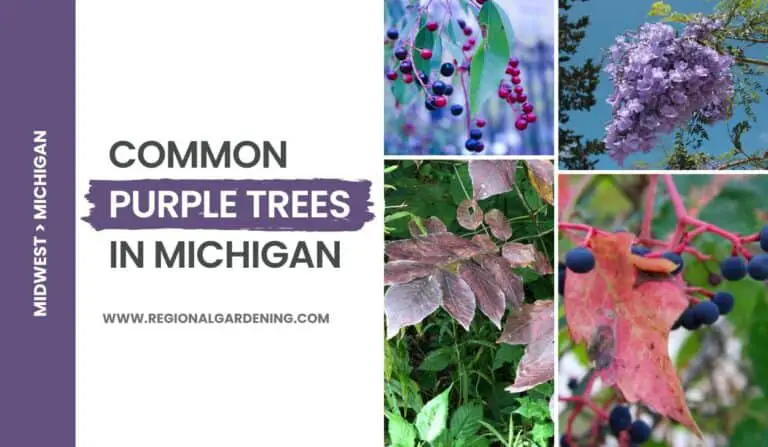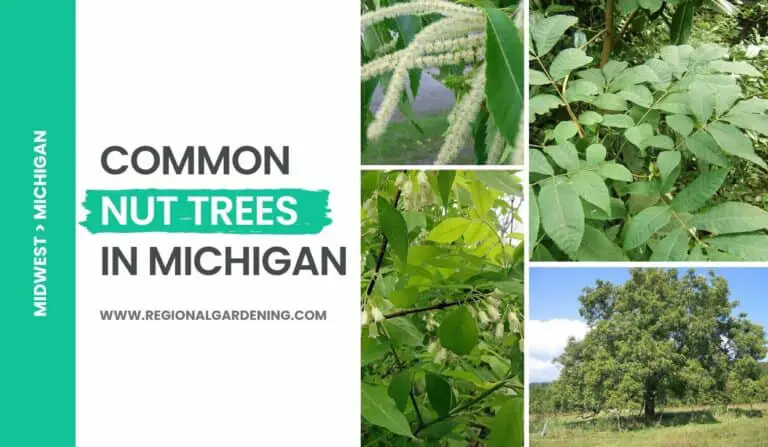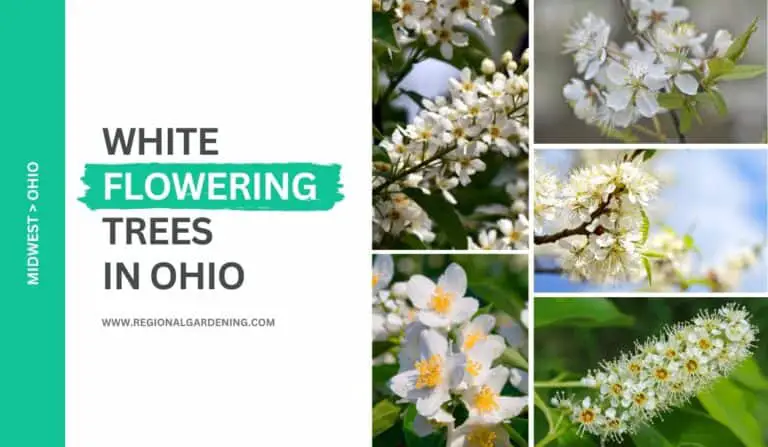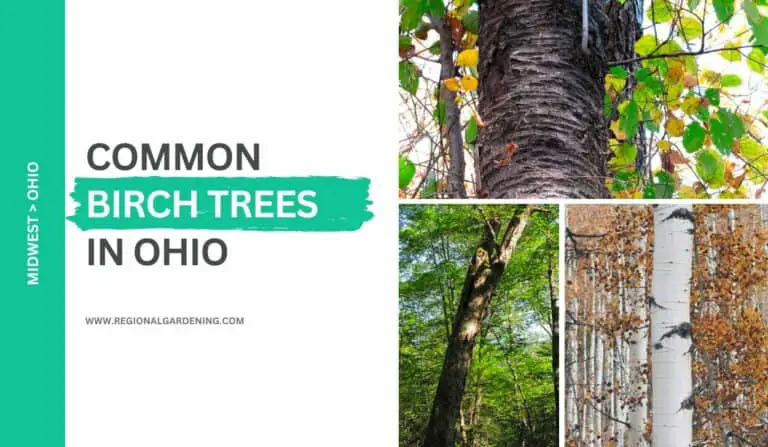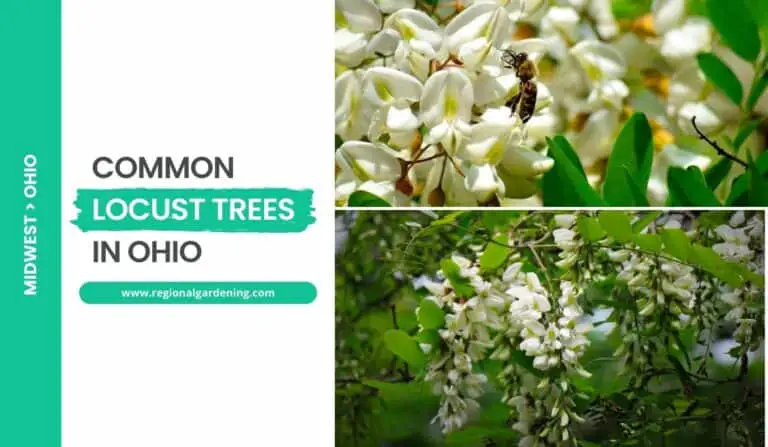3 Common Spruce Trees In Ohio (All You Need To Know)
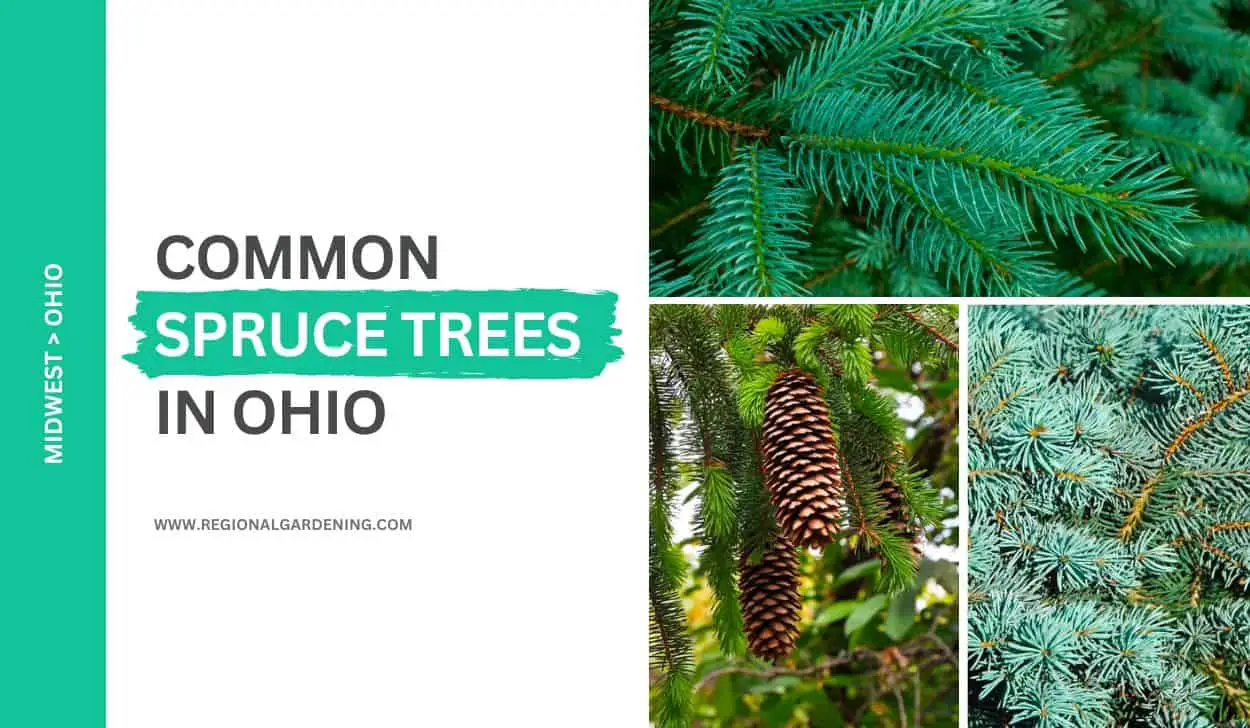
Nestled in the heartland of the United States, Ohio is a state known for its diverse flora and fauna. The majestic spruce trees, with their conical shapes and lush green needles, are among the most recognizable trees in this stunning state.
Spruce trees are a sight to behold, but they also serve an important ecological function by protecting and feeding local wildlife, filtering the air we breathe, and enhancing the area’s aesthetic appeal.
In this article, we show you the most commonly found spruce trees in Ohio, along with a high-quality photo, their characteristics, and the benefits they offer to the environment.
Let’s get started.
1. White Spruce
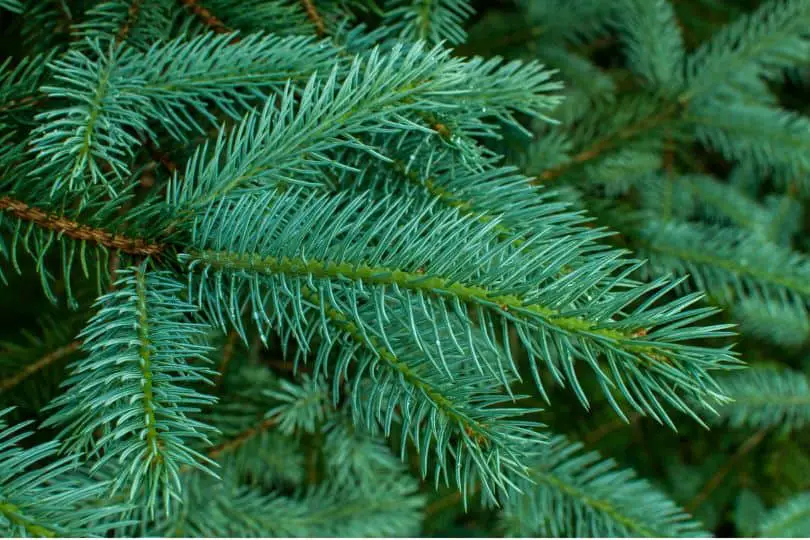
- Common Name: White Spruce
- Scientific Name: Picea glauca
- Mature Height: 40-60 feet (12-18 meters)
- Native/Non-Native: Non-native
- Flowers/Cones: Cones
- Uses: Paper production, lumber, Christmas trees
The White Spruce trees are the most commonly found spruce trees in Ohio. It is an evergreen tree commonly seen in parks, yards, and along streets.
It has a single straight trunk with several horizontal branches that occasionally slant downward. The tree can reach a height of 60 feet and has a ragged conical crown.
The White Spruce needles are solitary and around 13-34 inches long. They have a rigid, pointed, square cross-section. They have a fragrant flavor when crushed and a bluish-green tint with a line of white dots on all sides.
The White Spruce’s bark is light gray with many flaking scales, while the inner bark is salmon pink. When grown, the green cones turn brown. They are 1-212 inches long, silky to the touch, and dangle from the branches.
One intriguing fact about the White Spruce is that it is also known as Skunk Spruce because its crushed needles have a pungent odor that some people associate with skunk. Another distinguishing feature of this tree is that the needles typically survive 7-10 years before coming off, leaving an elevated base on the twig.
The White Spruce is a lovely tree that grows in a range of soil types and is frequently seen on the banks of lakes and streams. Although it is prone to fire and Spruce Budworm damage, it remains a popular choice for paper manufacture, timber, and Christmas trees.
2. Norway Spruce
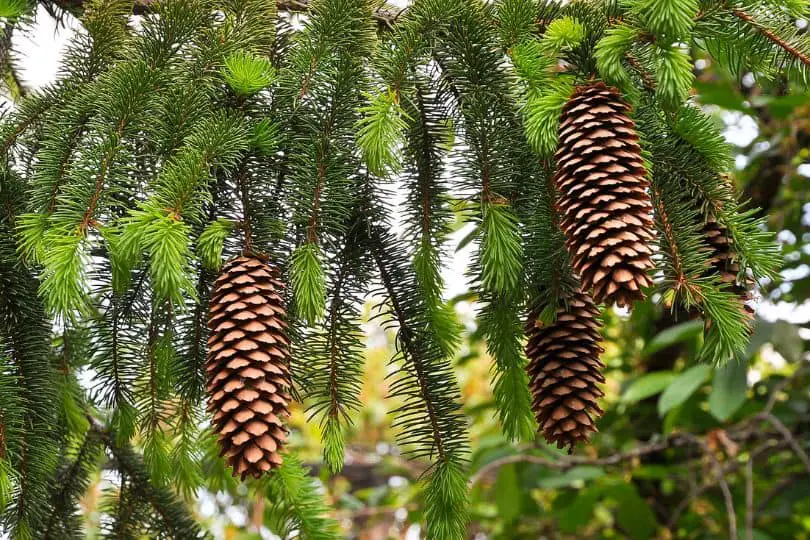
- Common Name: Norway Spruce
- Scientific Name: Picea abies
- Mature Height: 50-70 feet (15-21 meters)
- Native/Non-Native: Non-native
- Flowers/Cones: Cones
- Uses: Windbreaks, yards, parks, and cemeteries
The second most commonly found spruce trees in Ohio are the Norway Spruce. It is a tall evergreen tree that can reach heights of 70 feet and has a characteristic pyramid shape.
The tree’s branches droop or weep, giving it a distinct aspect. Norway spruce needles are roughly 1 inch long and have a vivid blue-green tint. When crushed, they emit a strong scent.
The enormous cones of the Norway Spruce are one of its most distinguishing characteristics. These are the largest spruce cones, measuring up to 7 inches long. The trees produce a large number of these cones, which dangle from the branches in a papery, straw-brown appearance.
The Norway Spruce was introduced from Europe and Asia and is not native to Ohio. It is frequently planted as a windbreak in yards, parks, and cemeteries. The tree enjoys moist soil and full light, although it may survive a variety of other situations.
The bark of this tree contains many spherical scales and is reddish-gray in appearance. Because of the burgundy pitch it creates, it is frequently employed in varnishes and pharmaceuticals. This pitch can be discovered in the tree’s trunk and used for a variety of reasons.
The Norway Spruce is a disease-free tree. Because of its rapid growth and distinct appearance, it is a popular choice for planting. It is a lovely addition to any yard or park, with its huge cones and unusual pyramid design.
3. Colorado Spruce
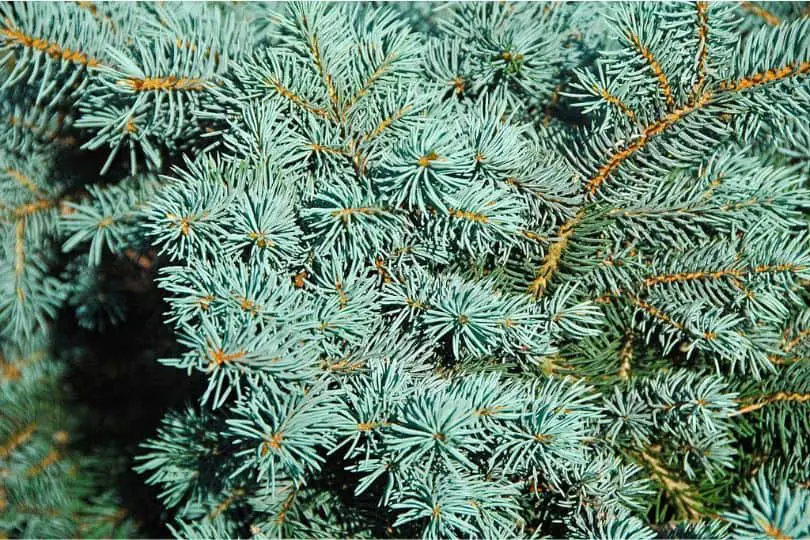
- Common Name: Colorado Spruce
- Scientific Name: Picea pungens
- Mature Height: 40-60 feet (12-18 meters)
- Native/Non-Native: Non-native, introduced to Colorado from the Rocky Mountains
- Flowers/Cones: Straw-colored cones, 2-4 inches (5-10 cm) long
- Uses: Common Christmas tree and landscaping tree, planted in cities, parks, and around homes
The Colorado Spruce is a lovely evergreen tree native to the Rocky Mountains that was brought to Colorado about 150 years ago. It is now commonly grown in neighborhoods, cities, and along roads.
The tree is shaped like a pyramid, with the broadest branches towards the ground. The needle-like leaves are rigid and have a sharp point on the end. They have a square cross-section and are colored bluish-green to silvery blue.
The cones of the Colorado Spruce are one of its most intriguing characteristics. These cones are straw-colored and hang down from the branches. They can grow up to 4 inches (10 cm) long and are frequently found in bunches.
The Colorado Spruce is also known as Blue Spruce and Silver Spruce. Picea pungens translates to “sharp-pointed” in Latin, which describes the tree’s sharp needles.
While the Colorado Spruce may thrive in a wide range of soil conditions, it favors moist, well-drained soil. It is a slow-growing tree, with some trees in the Western United States living up to 600 years.
Despite its long life, the tree is susceptible to Spruce Budworm and needle fungus, making it less prevalent in gardens today.
Common Spruce Trees In Ohio – Frequently Asked Questions (FAQs)
In this section, we will discuss some of the most commonly asked questions related to native and common spruce trees in Ohio.
Are there any native spruce trees in Ohio?
There are no native spruce trees in Ohio. However, three species like White spruce, Norway Spruce, and Colorado spruce are commonly found throughout the state.
Can blue spruce grow in Ohio?
Ohio is a suitable environment for the blue spruce tree. Blue spruce trees are a popular species of evergreen tree that can tolerate a variety of growing conditions, including those found in Ohio. These trees are frequently used in landscaping and as Christmas trees due to their distinctive blue-green needles and conical shape.
Blue spruce trees need well-drained soil and consistent watering, especially during dry periods. They do not thrive in areas with heavy pollution or high humidity and do best in full sun. With proper care, though, blue spruce trees can thrive in Ohio’s climate.
Similar Articles
- White Flowering Trees In Ohio
- Yellow Flowering Trees In Ohio
- Common Oak Trees In Ohio
- Common Nut Trees In Ohio
- Common Willow Trees In Ohio
- Common Purple Trees In Ohio
- Common Pine Trees In Ohio
- Common Birch Trees In Ohio
- Common Ash Trees In Ohio
- Native Cherry Trees In Ohio
- Native Hickory Trees In Ohio
- Common Elm Trees In Ohio
- Common Poplar Trees In Ohio
- Native Plum Trees In Ohio
- Common Maple Trees In Ohio
- Common Cedar Trees In Ohio
- Native Aspen Trees In Ohio
- Common Locust Trees In Ohio
- Common Palm Trees In Ohio
Sources
The Regional Gardening team makes sure that the information in our articles is accurate by only using sources that are known to be trustworthy. Some of these sources are peer-reviewed journals from government agencies, well-known universities, and scientific research organizations.
- Trees Of Ohio, Division Of Wildlife
- Trees Of Ohio Field Guide, Book by Stan Tekiela
- Ohio Trees, OSU Extension Publications
- Native Plant Lists, Ohio Department Of Natural Resources
- Ohio Department Of Agriculture
- Gardening, The Ohio State University


